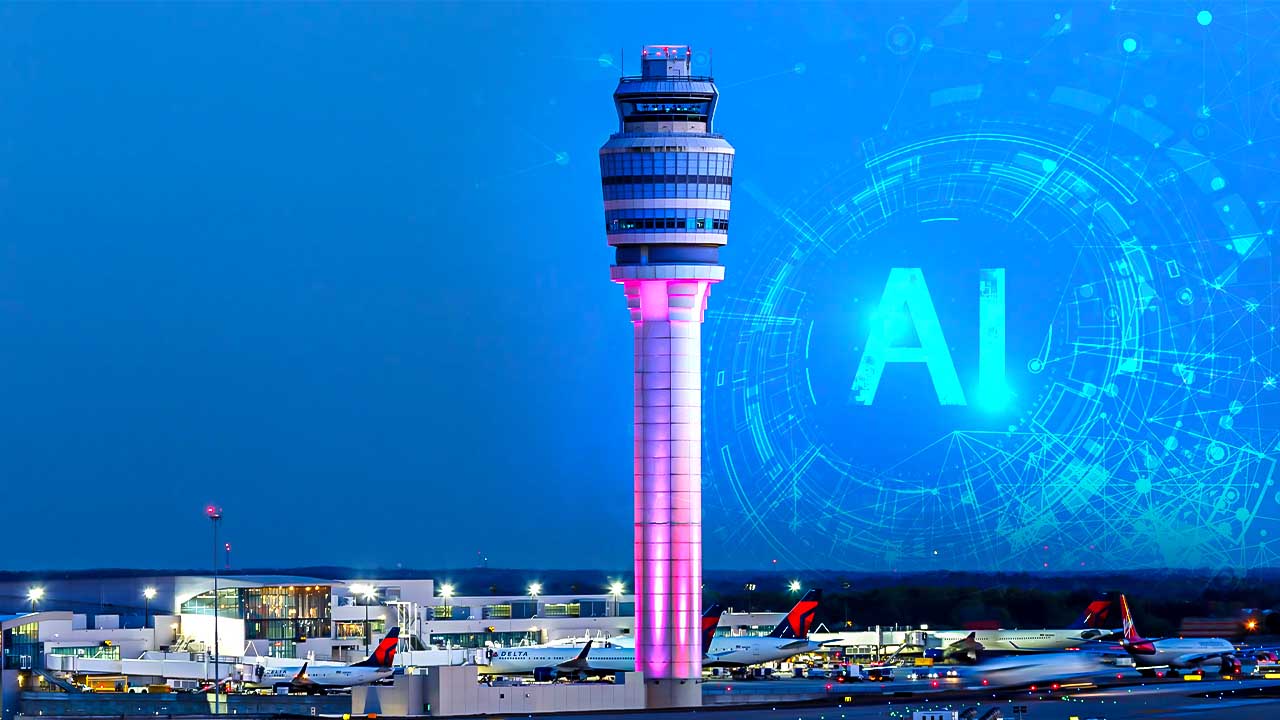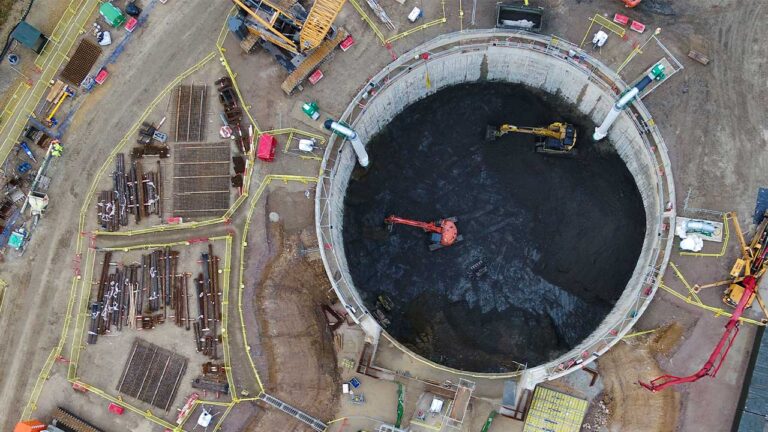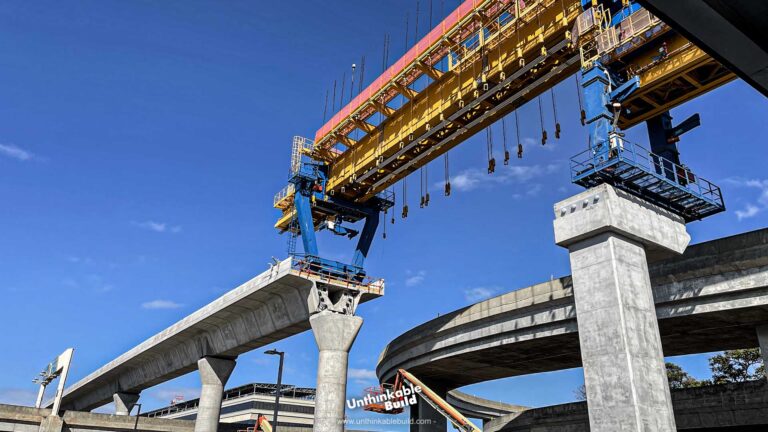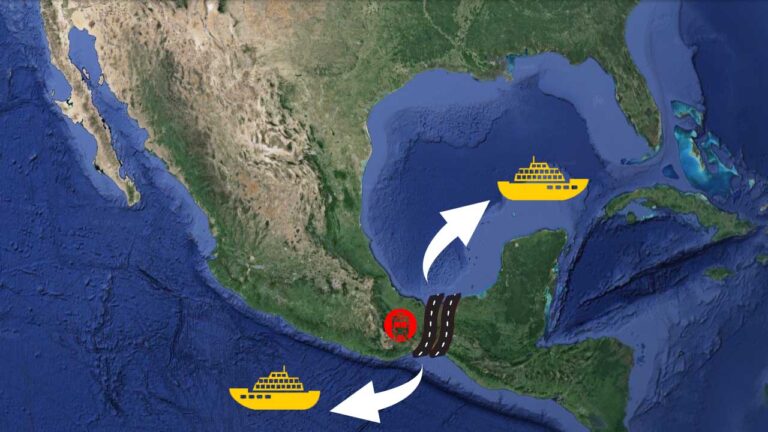How AI is Reshaping Air Traffic Control Towers
Air travel is a crucial part of our worldwide community, impacting our lives by boosting economic growth and connecting people socially. Exploring its many contributions uncovers numerous advantages that affect different aspects of society.
Conversely, the air traffic control tower is essential for maintaining aviation safety and efficiency. It prevents collisions by monitoring aircraft positions and ensuring compliance with traffic separation regulations. Moreover, it manages the flow of air traffic, reducing disorder and preventing delays.
ATC supports pilots with essential information and acts as a communication hub, relaying instructions and managing emergencies.
The height of an Air Traffic Control Tower is vital for effective air traffic management and safety, with key design principles dictating its construction. The tower must offer unobstructed views of the entire airport, including runways and aircraft areas. Height requirements vary based on airport location and specific needs, with FAA guidelines advocating minimal height meeting airport criteria.
Practically, ATCT heights range from 60 to 119 feet. Overall, ATCT height ensures optimal visibility and efficient air traffic control, tailored to individual airport requirements and local conditions.
However, like many other sectors in this era of technological advancement, air traffic control is experiencing notable transformations. At Heathrow Airport, a revolutionary ATC tower has been erected. While conventional air traffic control operates from the tower’s top, guiding aircraft using visual, radar, and voice communication, the next generation of air traffic control, the digital AI tower, is discreetly housed 200 feet below in the base of Heathrow’s tower. How does this innovative air traffic control tower oversee aviation operations? Let’s delve into its workings.
Also Read: Grand Paris Express: Europe’s Largest Metro Network
Airports are intricate hubs demanding continual coordination and communication among diverse stakeholders including pilots, air traffic controllers, ground staff, and passengers. Traditionally, air traffic control has depended on human operators in physical towers to oversee aircraft and ground vehicle movements. Yet, escalating air travel demand and challenges like weather, congestion, and security necessitate more efficient, innovative solutions to bolster airport operations’ safety and efficacy.
London Heathrow Airport stands as one of the world’s busiest and most congested airports, accommodating over 80 million passengers and facilitating 475,000 flights annually. In response to the escalating demand and operational intricacies, the airport has embarked on a journey of testing and integrating diverse digital tower solutions since 2017.
At London Heathrow’s terminal 5, the air traffic management service NATS has initiated trials employing Artificial Intelligence to mitigate flight delays caused by low cloud cover and reduced visibility from the control tower.
Rather than erecting a new control tower for their proposed third runway, NATS has established a dedicated Digital Tower Laboratory within Heathrow’s control tower, standing at 87 meters tall. The purpose of this laboratory is to assess whether a combination of ultra-HD 4K cameras, advanced AI, and machine learning technology can bolster the airport’s landing capacity during periods of low visibility and enhance punctuality.
Twenty ultra-high-definition cameras have been strategically deployed across the airfield to capture comprehensive views of the airport and its surroundings. These camera feeds are then channeled into an AI platform dubbed AIMEE, developed by Canada-based Searidge Technologies.
AIMEE plays a pivotal role in interpreting the camera images, tracking arriving aircraft, and notifying the air traffic controller when an aircraft has successfully cleared the runway. Equipped with this real-time information, the controller can make informed decisions regarding the clearance of subsequent arrivals.
Controllers also have the ability to electronically leap two or three kilometers along the airport surface instantaneously. They can visualize objects concealed by terminal buildings as if these objects were directly beneath the air traffic control tower.
Currently, when the control tower encounters low cloud conditions, controllers resort to radar for determining whether an arriving aircraft has vacated the runway, resulting in a loss of approximately 20% of landing capacity. By leveraging AI and real-time camera data, NATS aims to reclaim this lost capacity and enhance operational efficiency.
It’s essential to note that while AI serves as a supportive tool for air traffic controllers, they retain their role as decision-makers. The objective is to provide controllers with advanced tools that augment decision-making processes, thereby improving efficiency while upholding safety standards. This trial initiative represents part of a £2.5 million investment by NATS.
Managing multiple aircraft simultaneously poses a significant challenge for air traffic control systems, particularly in bustling airports like Heathrow.
The AI system integrates data from diverse sources such as radar, Automatic Dependent Surveillance-Broadcast or ADS-B, and ultra HD cameras. By synthesizing this information, it constructs a comprehensive overview of all aircraft operating in the vicinity.
Utilizing predictive algorithms, the AI anticipates the future positions and flight paths of each aircraft, accounting for variables like speed, altitude, wind conditions, and flight plans.
Continuous monitoring of the airspace enables the AI to detect potential conflicts promptly. In instances where aircraft are on a collision course or breach separation regulations, the system alerts air traffic controllers and proposes alternative routes or speed adjustments to avert collisions.
Assigning priorities based on factors like landing sequence and emergency situations, the AI ensures efficient aircraft management. Emergency landings, for instance, are accorded precedence over routine arrivals.
Offering dynamic decision support, the AI furnishes real-time recommendations to controllers regarding optimal sequencing for landings and takeoffs. Considerations include runway availability, weather conditions, and aircraft performance.
Also Read: Wasl Tower: World’s Tallest Ceramic Facades
This pioneering initiative showcases how AI can revolutionize air traffic management, enhancing safety and efficiency while improving the overall passenger experience. Heathrow’s experimentation could set a precedent for similar solutions to be adopted at airports worldwide.
It’s crucial to recognize that the AI system serves to complement rather than replace controllers’ expertise. It represents a collaborative endeavor aimed at effectively managing air traffic.
Numerous other airports worldwide are actively integrating AI solutions to elevate safety standards, operational efficiency, and passenger satisfaction.
Singapore Changi Airport harnesses predictive analytics powered by AI to forecast passenger flow, optimize resource allocation, and manage queues efficiently. By leveraging historical data alongside real-time information, the airport enhances operational efficiency significantly. Furthermore, AI contributes to security enhancements by identifying potential threats and streamlining the screening process, bolstering overall safety measures.
Amsterdam Airport Schiphol in the Netherlands also employs AI to optimize security lanes intelligently. Through analysis of passenger flow and wait times, the airport dynamically adjusts the number of open lanes, minimizing queues and expediting the screening process.
Dubai International Airport in the UAE enhances passenger experiences through AI-powered virtual assistants. These digital helpers guide passengers, furnish flight information, and address queries, augmenting overall convenience and satisfaction.
Incheon International Airport in South Korea utilizes AI algorithms for baggage handling, enabling efficient tracking and management to minimize the risk of lost luggage, thus enhancing operational reliability.
San Francisco International Airport in the USA adopts AI for predictive maintenance of facilities and equipment. By analyzing data patterns, the airport can proactively address potential issues, thereby minimizing disruptions and optimizing operational continuity.
While the AI provides valuable assistance, ultimate decision-making authority remains with human controllers. They evaluate the AI’s suggestions, assess the situation comprehensively, and issue clearances accordingly. The AI functions as a potent tool, augmenting operational efficiency and safety.
Looking ahead, the same technology could potentially be leveraged to manage Heathrow’s anticipated third runway. In summary, this innovative AI system promises to revolutionize air traffic management practices at airports globally by integrating cameras, AI, and real-time data to enhance safety, punctuality, and overall efficiency, particularly in adverse weather conditions.
Artificial intelligence has become ubiquitous in the contemporary era, permeating nearly every facet of our lives. Whether you rely on AI for your daily routines or professional endeavors, feel free to share your experiences in the comments section below.







